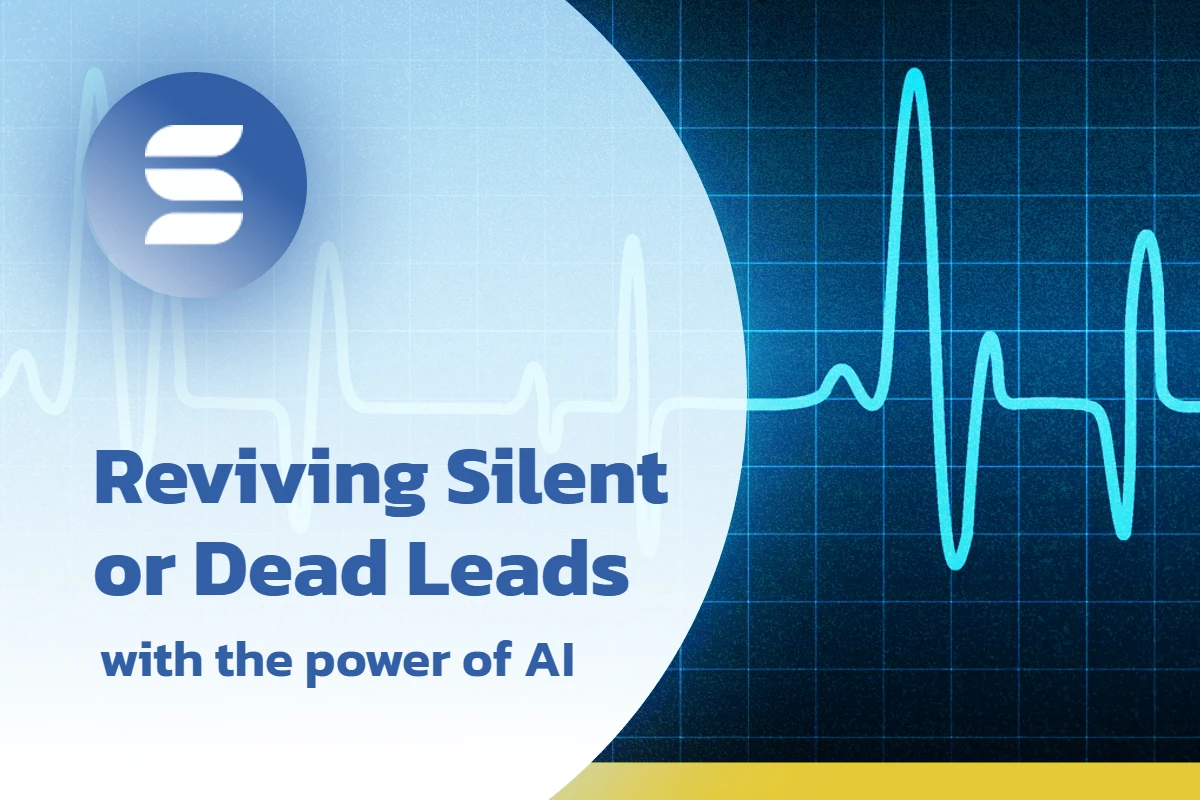
79% of leads never convert to sales opportunities, according to HubSpot. Many real estate team leaders and inside sales teams fail to realize this and instead spend an equal amount of time on each and every lead they get.
With today’s easy access to data, lead prioritization should be a staple in your inside sales team’s real estate follow up programs.
So how should your Inside Sales Agents (ISAs) know which leads to contact and when? In this guide, we cover a real estate lead nurturing program that will help your team prioritize leads based on their readiness, interest, and responsiveness. Let’s take a look at what some of the important factors are that influence a real estate customer journey through your team.
Responsiveness
If there’s one thing we know for certain, it’s that real estate consumers care about your real estate team’s ability to quickly respond to them above all else. Zillow Group’s Consumer Housing Trends Report 2018 has reported that responsiveness is the #1 trait a consumer looks for in an agent.
As illustrated below, responsiveness is the #1 factor in determining your lead prioritization. It’s been proven that your likelihood to convert a lead decreases by 21x if you do not make contact with a lead in 5 minutes.
Follow-up
80% of real estate agents will stop following-up with a lead after just the 3rd attempt. Most contact is made between the 5th and 12th attempt.
Creating a lead prioritization system will force you to create tasks in your CRM that will prioritize follow-up, and better yet, continuously nag you and your team until the follow-up task is completed.
In today’s world of real estate technology, you and your team have a tremendous amount of information about your leads at your disposal. The following system helps you utilize this data in a way that can help you focus on the leads that need the most attention first, then move to the lead’s that require more work.
The purpose of this real estate follow up program should be to allow your team to rely on the framework without thinking. Studies by Salesforce have found that most sales teams spend only 35.2% of their week actually selling. The remaining 64.8% is spent on lead categorization, management, and data entry tasks.
By creating a lead prioritization system your inside sales team can spend more time with leads and less time on non-revenue-generating activities, helping you to increase your lead conversion.
To start, take a look at where you’re currently investing in lead generation. Break down your last 1,000 leads by where they originated from. For example, it may look something like the following:
Lead Sources:
- Pay-per-click (Google / Facebook)
- Forced registration
- Portal inquiry (Zillow, Realtor.com)
- Sphere of Influence
- Referral
- Expired / FSBOs
- Open house
Once you’ve identified your lead sources, you can now determine the quality of each source. It’s no secret that referrals are likely to close at a higher rate than a Pay-Per-Click (PPC) lead. That’s why it’s important to give each of your leads a Lead Quality score of A – D depending on their source.
Lead Quality:
– A
- Referral
- Portal inquiry (Zillow, Realtor.com, Homes.com)
- Radio / Television
– B
- Sphere of influence
- Attended a company-hosted event
- Attended an open house
– C
- Forced registration
- Pay-per-click (Google / Facebook)
– D
- Expireds
- FSBOs
Now with your leads properly labeled by source and quality, you can categorize them further by their responsiveness, interest, and follow-up. As mentioned earlier, every new lead must be contacted within 5 minutes of registration. This is why every new lead gets the Lead Category score of 1 (which can often be setup via automated workflow rules within your CRM). Then, depending on that lead’s initial responsiveness, you can change their Lead Category to 2 – 5 based on if and how they responded.
Lead Categorization:
– 1
- New lead registered in the last 5 minutes
- Showing / Listing or Buyer / Seller consultation appointment SET
– 2
- Lead is responsive
- Lead timeframe < 3 months
- Lead has preapproval or is beginning the financing process
- Lead is not working with any known agent
- Showing / Listing or Buyer / Seller consultation appointment NO SHOW
– 3
- Lead is responsive
- Lead timeframe is 6 – 12 months
- Lead has not considered financing
- Lead may be considering other agents
- Showing / Listing or Buyer / Seller consultation appointment COMPLETED
– 4
- Lead is not responsive
- Lead has no established timeframe
- Lead has no financing objectives
- Closed Won (Nice Work!!!)
– 5
- Lead is working with another agent
- Lead expresses no interest in working with an agent
You can now give every lead both a lead priority and a lead quality label. The combination of both labels as well as the original source of the lead, gives you enough data to slice and dice your database to create lead pools/ponds that can be used to prioritize lead follow-up.
Examples
Let’s take a look at a few example leads in this prioritization framework.
ZILLOW PROPERTY INQUIRY
1A – this lead would start as a 1A lead.
- They’d be immediately contacted
- They respond and tell you the following:
– Timeframe: 3 months
– Financing Status: Have not started
– Agent Status: No prior agent
– Showing Appointment: This Saturday at 6pm - Create a follow-up task to remind the assigned buyer agent and lead to attend the upcoming showing (remember your job isn’t done after the appointment is set)
EXPIRED (OUTBOUND PROSPECTING)
4D – this lead would start as a 4D because they’re not responsive yet and an expired lead.
- ISA works this lead pool and makes contact with this lead
The lead responds with the following:
- Prior Agent Status: while their listing expired, they’re going to continue to work with the same agent
- 5D – this lead has no interest in changing their agent agreement.
Trash them and don’t create any additional follow-up tasks.
REFERRAL
1A – treat any referral as a new lead. Contact them immediately upon the referral (thus the 1 lead categorization). As a referral, they get the A lead quality score.
- Immediately contact them
They respond and tell you the following:
- Timeframe: ASAP
- Financing Status: Pre-approved
- Agent Status: No prior agent
- Buyer Consultation: Tomorrow at 10 am
Create follow-up task to send a reminder to the lead and assigned buyer agent to attend the buyer consultation tomorrow at 10 am.
The lead COMPLETES the buyer consultation.
3A – change the lead category to 3 because they attended the appointment.
- Create follow-up tasks to check in periodically to make sure the deal is still progressing
- After 3 weeks you check in and find they are pending on a property
- After another 2 weeks, you check in and find they closed (whoo!)
4A – change the lead category to 4 because you’ve Closed Won (now time to celebrate!).
It’s easy to see why so many salespeople spend so much time not selling. Remembering each and every detail for the hundreds or thousands of leads they’re managing at a single time is a daunting task that is nearly impossible to scale.
By relying on a predetermined system to help you and your team prioritize your real estate lead follow-up, you can spend more of your day selling.


